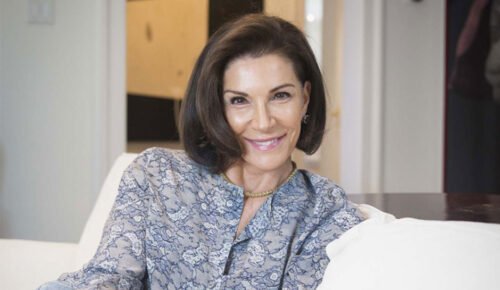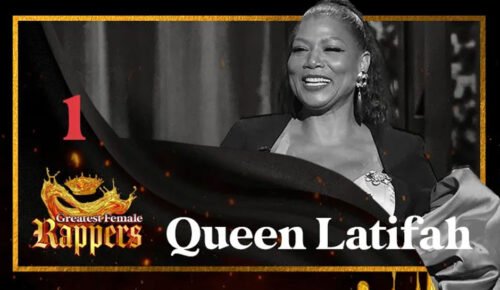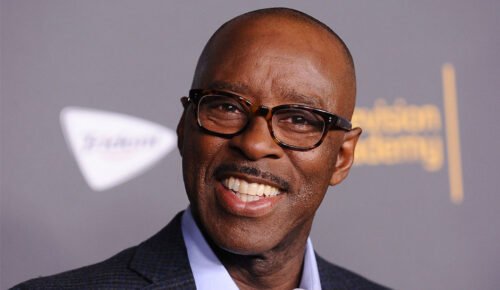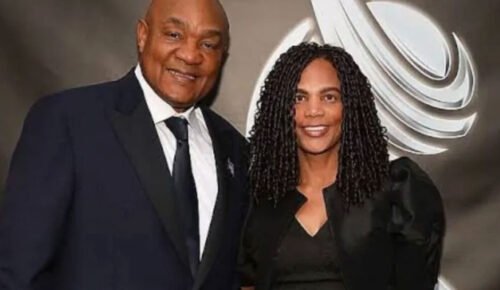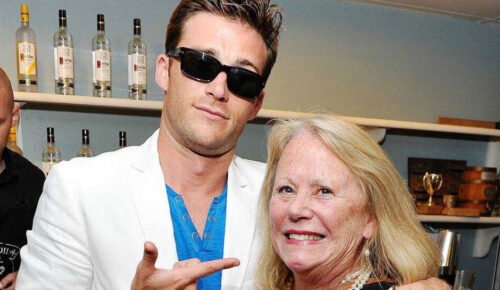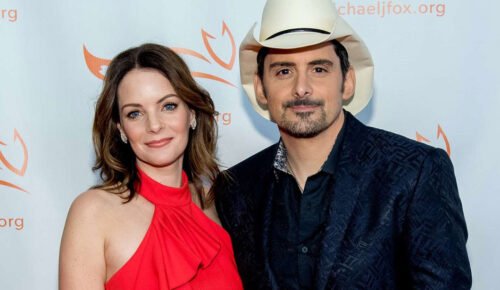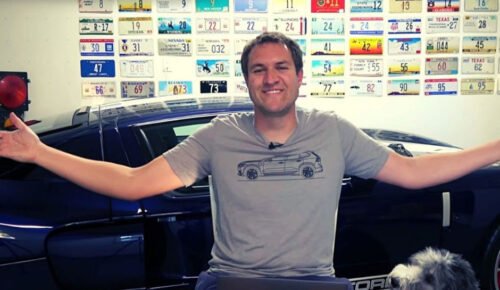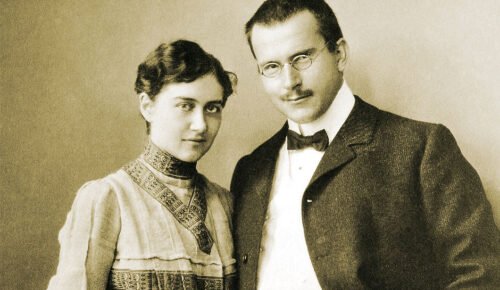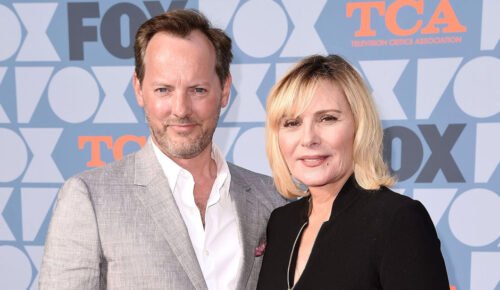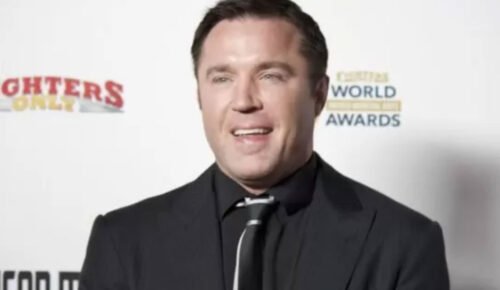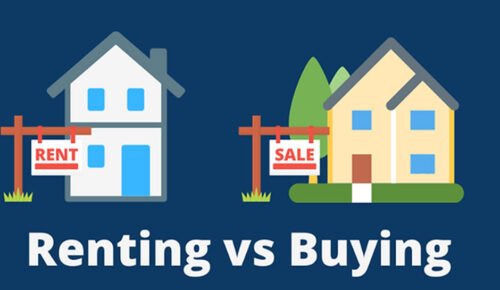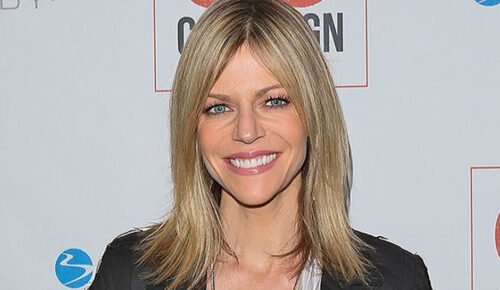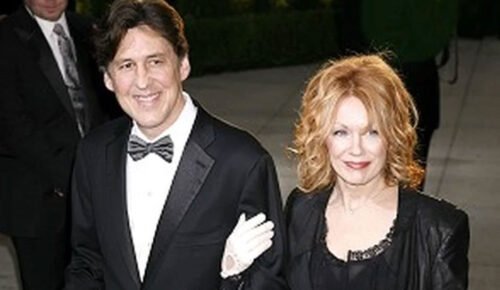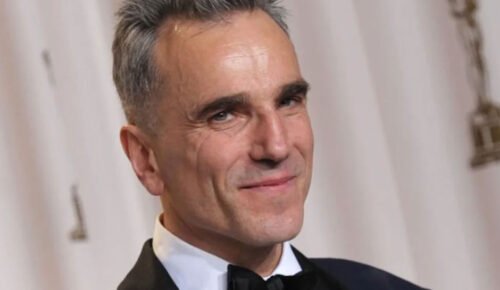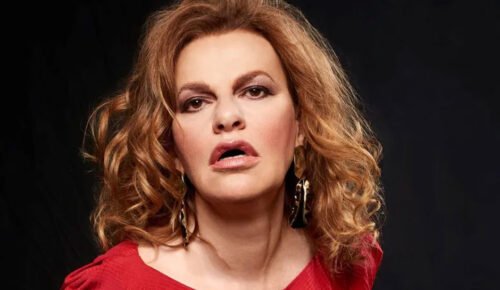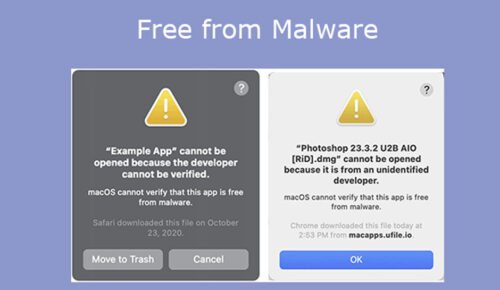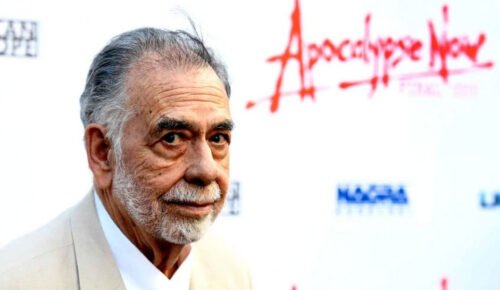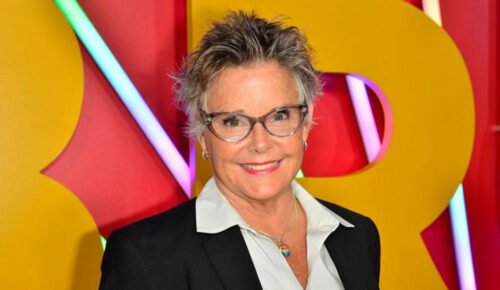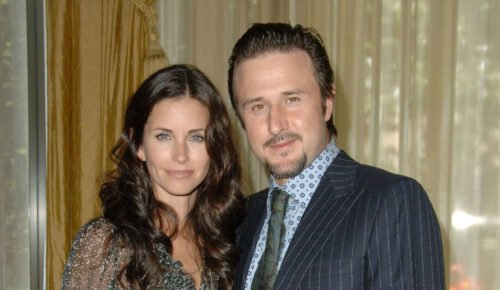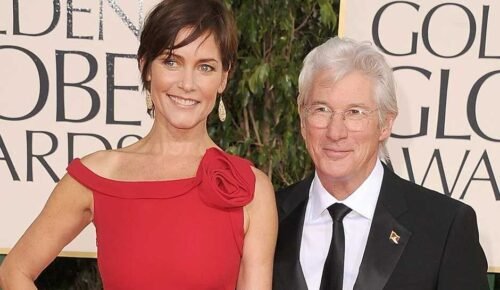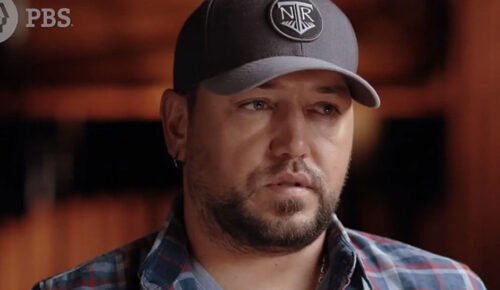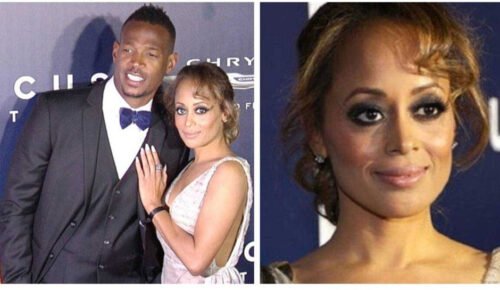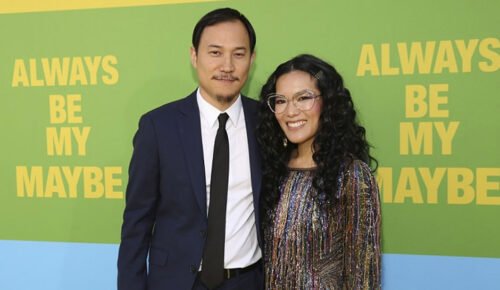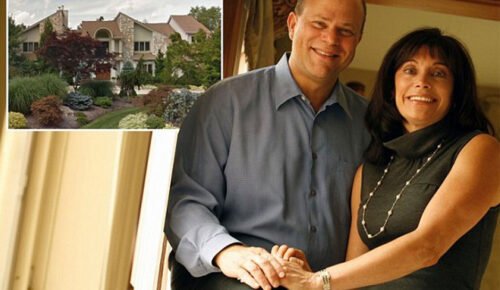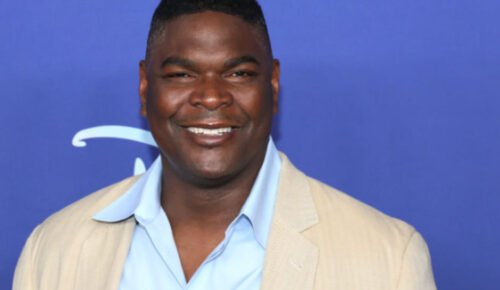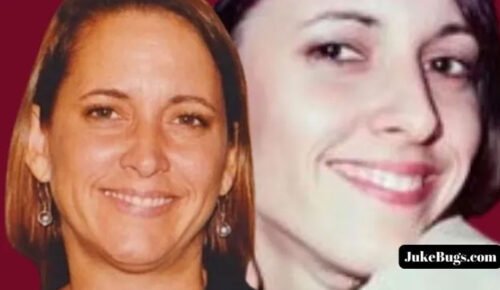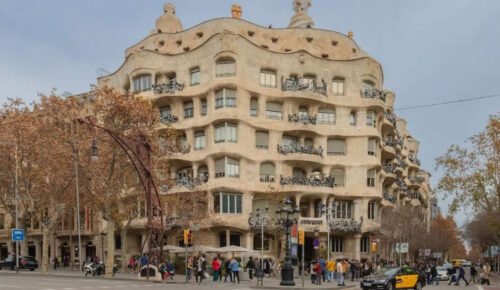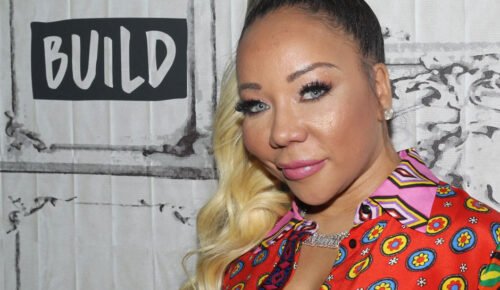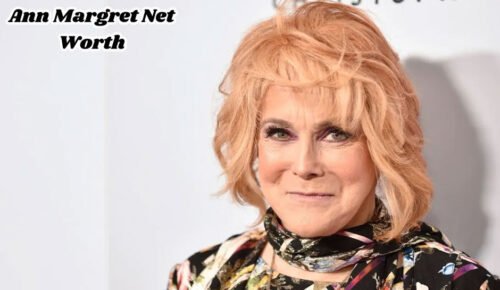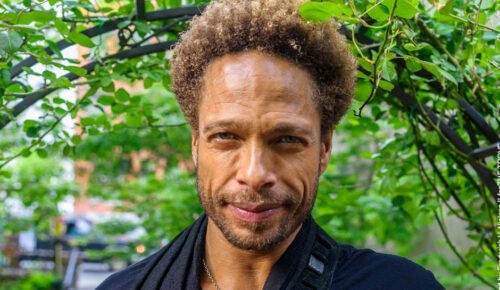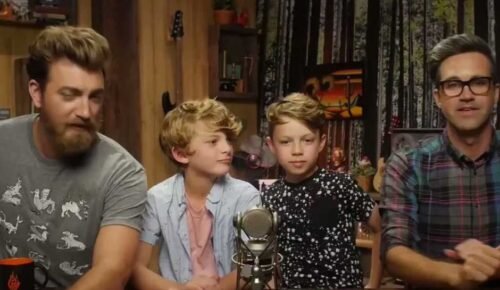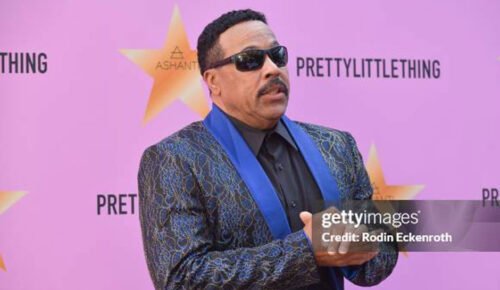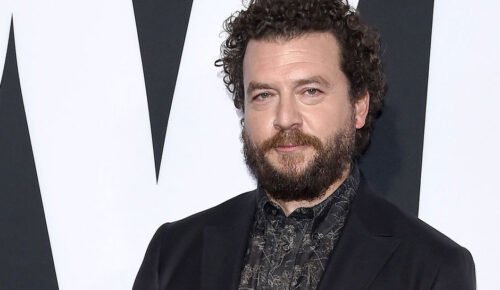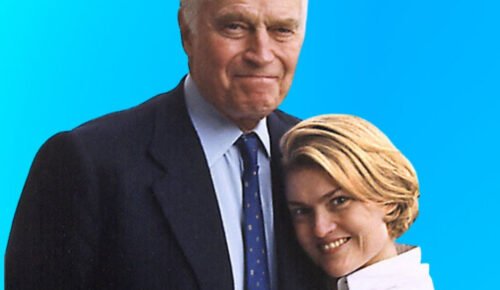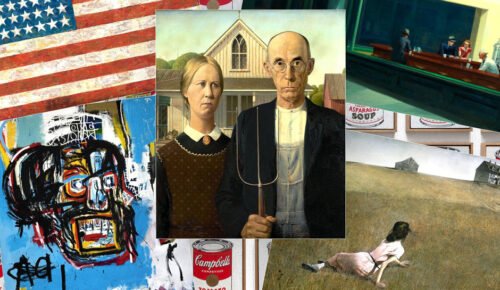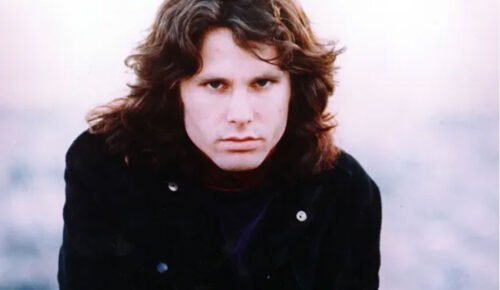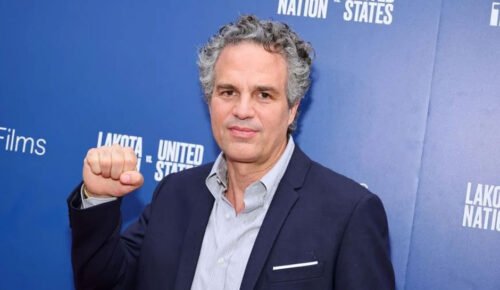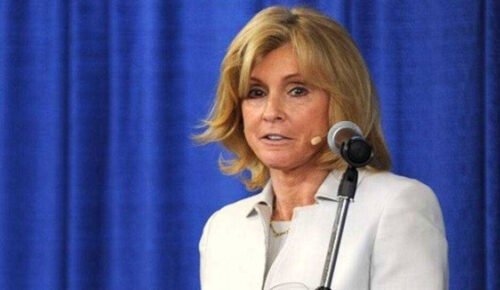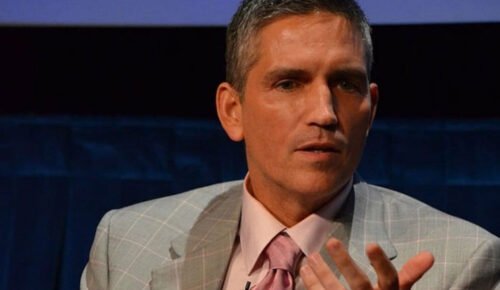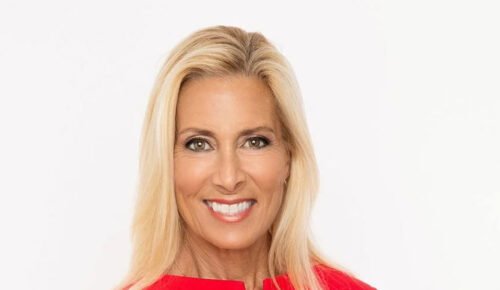Introduction – Who is Linda Evans?
When you think of 1980s television glamour, Linda Evans immediately comes to mind. This Connecticut-born actress didn’t just appear on TV screens – she practically owned them for nearly a decade.
Born Linda Evenstad on November 18, 1942, Evans grew up as the middle child of three daughters. Her parents were both professional dancers, which perhaps explains her natural grace and poise that would later captivate millions of viewers.
What’s fascinating about Evans is how she transformed from an incredibly shy teenager into one of America’s most beloved television stars. She actually took acting classes initially just to overcome her crippling shyness – talk about life taking an unexpected turn!
Most people know her from two major TV shows that basically defined her career. First came “The Big Valley” in the mid-1960s, where she played Audra Barkley alongside the legendary Barbara Stanwyck. But it was “Dynasty” in the 1980s that really made her a household name and, more importantly for our discussion today, significantly boosted her bank account.
Linda Evans Net Worth Overview
Here’s the bottom line: Linda Evans is worth approximately $20 million today. Not bad for someone who started out just trying to get over her stage fright, right?
This puts her in pretty exclusive company among actresses from her era. What’s particularly impressive is that she built this wealth primarily through television work, not blockbuster movies like some of her contemporaries.
The $20 million isn’t just sitting in a bank account either. It represents decades of smart career choices, savvy real estate investments, and some pretty clever business moves that we’ll dive into shortly.
What makes Evans’ financial story even more interesting is that she essentially “retired” from regular acting in the late 1990s. Yet she’s maintained her wealth and continues to live comfortably on her investments and residual income from those classic TV shows.
Career Highlights That Built Her Wealth
The Big Valley Era (1965-1969)
Evans’ first real payday came when she landed the role of Audra Barkley in “The Big Valley.” This wasn’t just any Western – it was a prime-time hit that ran for four solid years.
Working with Barbara Stanwyck was like getting a masterclass in both acting and the business side of Hollywood. Stanwyck was known for being incredibly professional and business-savvy, traits that clearly rubbed off on the young Evans.
While TV salaries in the 1960s weren’t anywhere near today’s astronomical figures, steady work on a popular series meant financial stability. More importantly, it gave Evans the visibility that would lead to bigger opportunities down the road.
The show’s success also meant guest appearances on other popular series throughout the 1970s. These might seem like small roles now, but they kept Evans’ name in the public eye and money in her bank account during the lean years between major series.
Dynasty Success (1981-1989)
If “The Big Valley” was Evans’ financial foundation, then “Dynasty” was her goldmine. This is where the real money started rolling in.
When “Dynasty” premiered in 1981, nobody could have predicted it would become the cultural phenomenon it did. By the 1984-1985 season, it was literally the #1 show in America. Evans appeared in 204 out of 220 episodes, making her absolutely central to the show’s success.
Here’s where it gets interesting from a financial perspective: as the show’s popularity exploded, so did the cast’s salaries. Evans went from earning a decent TV salary to commanding serious money – we’re talking about figures that would make even today’s actors take notice.
The show’s international success was the cherry on top. “Dynasty” was sold to countries around the world, generating additional income through international syndication deals. These residual payments have been padding Evans’ bank account for decades.
Her Golden Globe win in 1982 and five consecutive nominations didn’t hurt either. Awards recognition typically translates to higher salaries and better negotiating power for future projects.
Income Sources and Business Ventures
Television and Film Earnings
Evans’ primary income has always come from her TV work, but she was smart about negotiating contracts that included more than just base salaries. Profit participation and residual payments have been key to building her long-term wealth.
Throughout the 1970s, she kept busy with guest spots on hit detective shows like “The Rockford Files,” “Mannix,” and “McMillan & Wife.” These weren’t huge paydays individually, but they added up and kept her visible during slower periods.
Television movies became another steady income stream. These made-for-TV productions often paid well and required shorter time commitments than series work.
Even in semi-retirement, Evans has been selective about appearances that interest her personally. Her 2009 win on the British version of “Hell’s Kitchen” showed she could still command attention and fees when she wanted to.
Business Investments
Evans proved she had business sense beyond acting. She established a small chain of fitness centers during the 1980s fitness boom, capitalizing on both the trend and her own commitment to staying in shape.
Her involvement with infomercials was particularly lucrative. She hosted promotional content for Rejuvenique, a facial toning device, which provided substantial income during the 1990s when she was stepping back from regular acting.
Publishing has been another revenue stream. Her 2011 memoir “Recipes for Life” combined personal stories with favorite recipes, appealing directly to her loyal fan base.
She also created exercise videos and wrote the “Linda Evans Beauty and Exercise Book” during the 1980s. These products leveraged her image as a health-conscious celebrity and generated additional income streams.
Real Estate Investments
Evans has shown impressive real estate savvy over the years. Her property investments have been both smart financial moves and lifestyle choices.
In 1981, she bought a Beverly Hills home for $600,000. This might not sound like much now, but it was a significant investment at the time. The property’s value increased substantially over the years.
She later rented this Beverly Hills property for up to $15,000 per month. Dolly Parton was a long-term tenant, renting the house for nearly a decade. Talk about having a reliable, high-profile renter!
When Evans sold the Beverly Hills home in 2011 for $2.7 million, she had more than quadrupled her original investment. That’s the kind of return that makes real estate agents weep with joy.
During “Dynasty’s” peak, she also bought a lake house in rural Washington state. When the show ended, she made the bold decision to move there full-time, trading Hollywood glamour for natural beauty and privacy.
She eventually upgraded to a 70-acre property near Olympia, Washington. This larger estate reflects her preference for privacy and outdoor living in her retirement years.
Personal Life Impact on Wealth
Evans’ personal relationships have influenced her financial journey in various ways. Her marriages and high-profile relationships kept her in the public eye, which often translated to career opportunities.
Her first marriage to actor John Derek from 1968 to 1973 ended dramatically when he left her for a much younger woman who later became Bo Derek. While personally devastating, the media attention actually boosted her public profile.
Her second marriage to property executive Stan Herman from 1976 to 1981 provided emotional stability during her transition to “Dynasty.” Having a supportive partner during this crucial career period was invaluable.
Her nine-year relationship with new-age musician Yanni from 1989 to 1998 occurred during her post-“Dynasty” years. This period saw her focusing more on personal fulfillment than career advancement.
Throughout it all, Evans has maintained relatively modest lifestyle choices compared to many Hollywood stars. She’s consistently preferred privacy and simple living over flashy displays of wealth.
Current Financial Status
Today, Evans maintains her $20 million net worth through careful financial management and ongoing residual income. Her decision to step back from regular acting came from a position of financial strength, not necessity.
Those “Dynasty” and “Big Valley” residuals keep coming in. Both shows remain popular in syndication and on streaming platforms worldwide, providing steady passive income.
Her Washington state property gives her a comfortable and private retirement setting. The 70-acre estate allows her to pursue interests in gardening and outdoor activities without financial pressure.
Evans has been selective about public appearances in recent years, choosing projects that genuinely interest her rather than those driven by financial need.
Her memoir and occasional interviews suggest she’s genuinely content with her financial situation and grateful for the career that provided such security.
Conclusion
Linda Evans’ $20 million net worth tells the story of an actress who made smart choices both on and off screen. Her wealth comes primarily from those iconic television roles, especially her eight-year run on “Dynasty.”
What’s impressive about Evans’ financial success is how she built it through consistency and professionalism rather than flashy career moves. She proved that television work could be just as lucrative as film careers when approached strategically.
Her story also shows the importance of diversifying income and making wise investments. The real estate ventures and business activities she pursued supplemented her acting income and provided long-term financial security.
Today, Linda Evans enjoys a comfortable retirement, having successfully transitioned from television icon to private citizen while maintaining the financial independence her career provided. Her legacy includes not just memorable performances, but also a blueprint for building lasting wealth in the entertainment industry.





